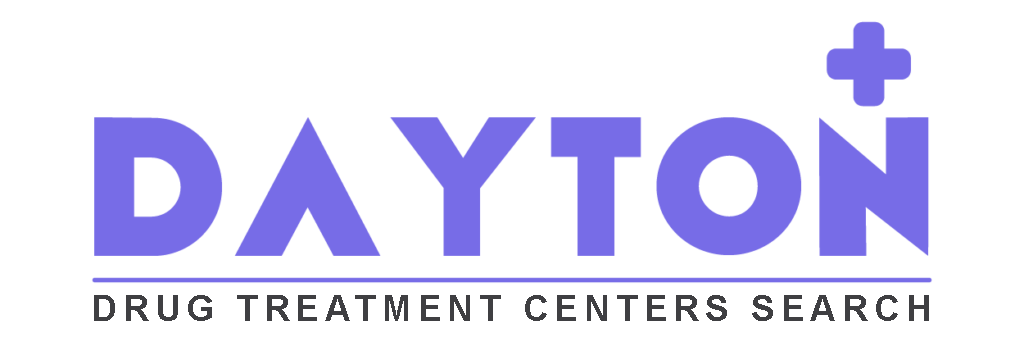Prescription Drug Rehab and Addiction in Dayton, OH
People develop problems with a wide range of psychoactive substances, including legal drugs like nicotine and alcohol, prescription medications such as Vicodin and Valium, and illegal street drugs like meth and cocaine. Prescription drug rehab abuse is a growing problem in Dayton and across the United States, a country that consumes roughly 75 percent of the global supply of Prescription Drug Rehab. Most prescription drug abuse falls into three categories: opiates, sedatives, and stimulants. Access to treatment for prescription drug problems depends on the substance and extent of addiction, with typical treatment elements including medical detox, rehabilitation, relapse prevention, and aftercare support.
Widely Abused Prescription Drugs
The vast majority of prescription drug abuse concerns three drug classes, each of which has its own challenges regarding diagnosis and treatment. Opiates are the most widely abused class of drugs, including the opium alkaloids morphine and codeine and the semi-synthetic drugs oxycodone, hydrocodone, fentanyl and many others. Sedatives are the second most widely abused class, including barbiturates and benzodiazepines. Stimulants are the third most widely abused class of prescription drugs, including Adderall, Concerta, and Ritalin among others. While opiates and sedatives are central nervous system (CNS) depressants, stimulant drugs have the opposite effect by speeding up brain activity. According to the National Institute on Drug Abuse (NIDA), opiates are responsible for over half of all prescription drug rehab cases in the United States, being represented in 5.1 million cases each year. Sedatives are represented in 2.2 million cases each year, followed by sedatives with 1.1 million cases.
How are Prescription Drugs Abused?
Prescription medications are abused whenever they are taken for non-medical reasons. There are numerous ways to misuse and overuse Prescription Drug Rehab, with common methods of abuse including combining drugs, increasing dosage levels, using drugs prescribed for someone else, buying prescriptions or drugs on the black market, and using a different method of administration than intended. For example, some people crush up tablets or pills in order to snort them or inject them intravenously. According to NIDA, most people obtain prescription drugs freely from friends and family members, with other getting drugs from drug dealers or multiple doctors in a practice known as “doctor shopping”. People may also obtain drugs from the Internet or purchase drugs from people they know. While most people abuse prescription drugs for recreational reasons, some people misuse or overuse stimulant medications in order to enhance physical and mental performance.
Opiate Abuse and Treatment
Opiate medication abuse is one of the biggest drug problems in the United States, with more people dying from opiate-related fatalities than ever before. While illegal drugs such as heroin and meth get the majority of media attention, prescription opiate abuse is a growing health and social epidemic across America. Widely abused opiate medications include morphine, codeine, oxycodone, oxymorphone, hydrocodone, hydromorphone, fentanyl, methadone and many others.
A combination of treatment methods is needed to treat opiate problems, including medically assisted detox, rehabilitation, relapse prevention, and aftercare support systems. Because opiate drugs produce physical-somatic withdrawal symptoms upon cessation of use, medication treatment is often required. Additional opiate drugs may be introduced during detox and opiate replacement therapy, including methadone and buprenorphine. If you or anyone you know is struggling with prescription drug rehab abuse, Dayton Drug Treatment Centers can help. Just give us a call today at (937) 949-4099 to speak with one of our caring recovery advocates.

